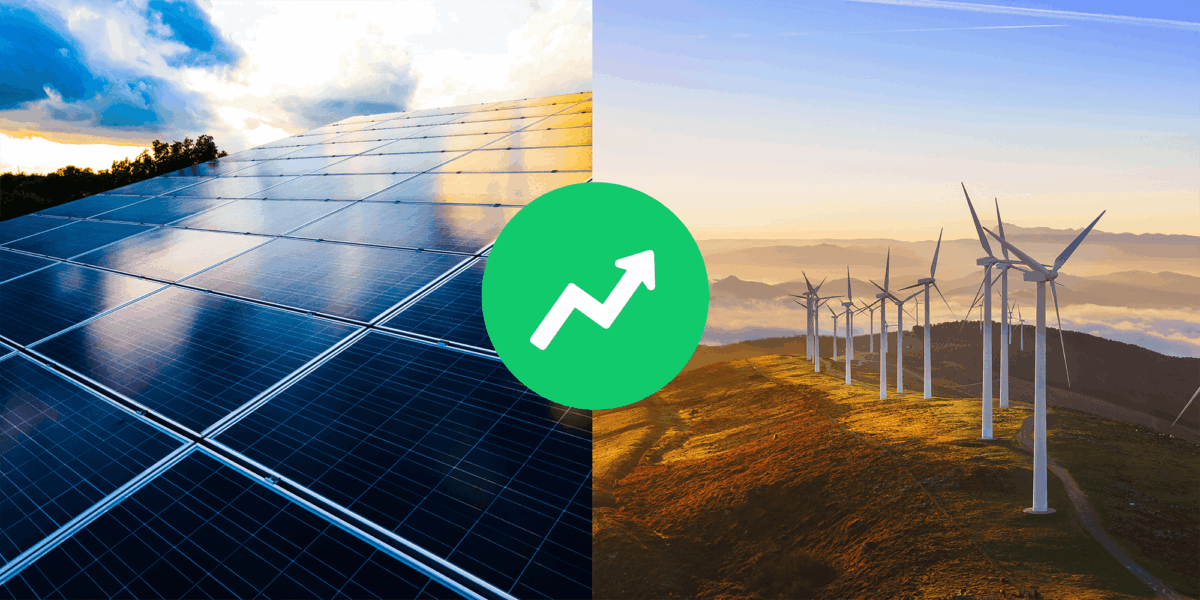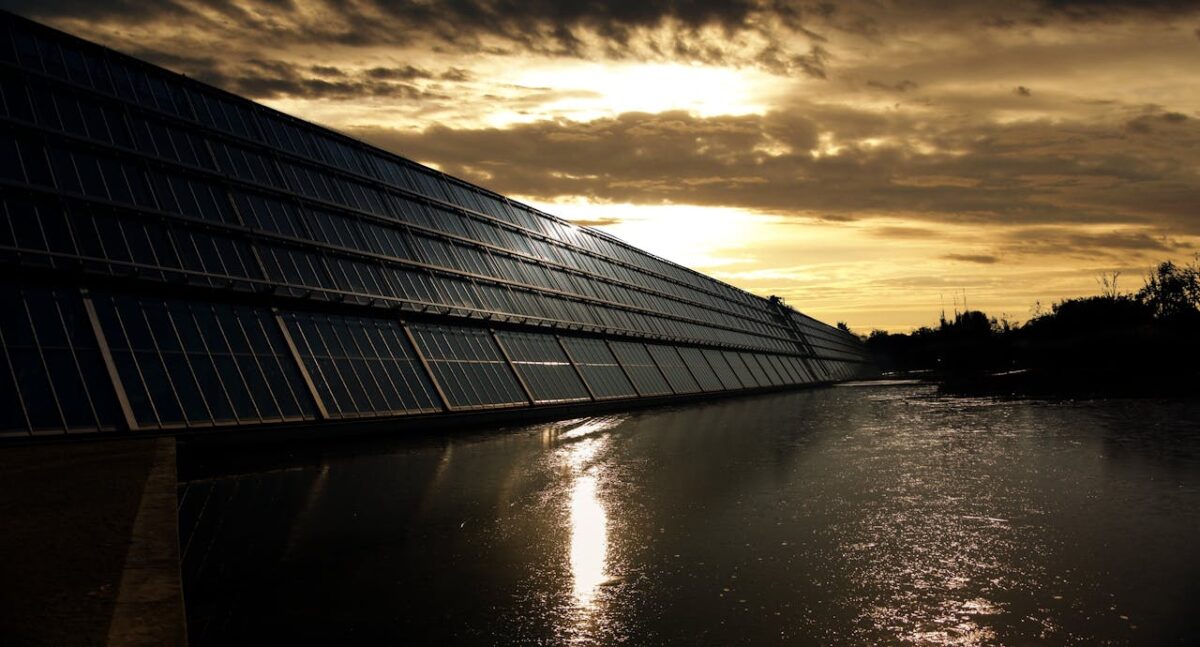US Renewable Energy Tripled In A Decade
pvsolar
on
May 30, 2025
At A Glance...
- The combined output from solar, wind, and geothermal sources has more than tripled in the US over the last decade.
Over the past decade, the United States has witnessed a remarkable transformation in its energy landscape. The combined output from solar, wind, and geothermal sources has more than tripled, marking a significant shift towards cleaner energy.
In 2024 alone, solar energy production surged by 27% compared to the previous year, generating enough electricity to power 28 million homes. Similarly, wind energy production more than doubled over the decade, supplying power to approximately 42 million homes in 2024.
This rapid growth in renewable energy has contributed to a notable decrease in greenhouse gas emissions, enhancing the nation’s energy resilience and improving public health by reducing pollution-related ailments.
What Has Influenced This Growth?
Several factors have propelled the expansion of renewable energy in the U.S.:
- Technological Advancements: Innovations have led to more efficient and cost-effective renewable energy technologies, making them increasingly competitive with traditional fossil fuels.
- Policy Support: Government incentives, such as tax credits and renewable portfolio standards, have encouraged investment in renewable energy projects across various states.
- Private Sector Investment: Corporations and utilities have made significant commitments to renewable energy procurement, driving demand and development in the sector.
- Public Awareness: Growing concern over climate change and environmental sustainability has increased public support for clean energy initiatives.
These combined efforts have created a conducive environment for the rapid growth of renewable energy across the country.
The Benefits Of Renewable Energy Growth
The expansion of renewable energy in the U.S. has yielded numerous benefits:
- Environmental Impact: The shift to renewables has significantly reduced carbon dioxide emissions, with a reported decrease of 900 million metric tons between 2019 and 2022. This reduction is equivalent to removing 71 million cars from the roads annually: The Guardian
- Public Health: Lower emissions of pollutants have led to improved air quality, preventing health issues.
- Economic Growth: The renewable energy sector has become a major job creator, employing approximately 3.5 million Americans. Jobs in this sector grew at more than twice the rate of the overall U.S. labor market in 2023: The Department of Energy’s Energy.gov+1The Department of Energy’s Energy.gov+1
- Energy Security: Diversifying the energy mix with renewables enhances the resilience of the power grid, reducing dependence on imported fuels and mitigating the impact of energy price volatility.
In summary, the tripling of renewable energy capacity in the U.S. over the past decade has not only advanced environmental goals but also bolstered public health, economic development, and energy security.



